Project Portfolio
Cooling ion beams with electrons to explore nuclear matter
Most of the mass in the visible universe—everything from stars and planets to people—comes from protons and neutrons (nucleons), the building blocks of atomic nuclei. Nucleons consist of even smaller particles called quarks, held together by “sticky” particles known as gluons. But how quarks and gluons give rise to the properties and behaviors of nucleons remains a mystery.
To study these questions, scientists at Brookhaven’s Relativistic Heavy Ion Collider (RHIC) smash together ions at nearly the speed of light, freeing the quarks and gluons within. However, accelerated ion beams heat up and spread apart, making collisions less likely. Heating is especially a problem when the ion beams are circulating at relatively low energies, where interesting physics is expected to occur.
The Low Energy RHIC electron Cooling (LEReC) project will increase the collision rate at these energies by cooling the ion beams using extremely bright, high-current electron bunches generated in a direct-current photoinjector gun and accelerated by radio-frequency cavities. To produce this high current, typically a photocathode in the photoinjector is irradiated with an appropriately powered laser. The properties of the electron beam—number of electrons, beam size, electron energy, and direction of electrons—are initially dictated by the properties of the laser and cathode. In LEReC, the photoinjector will deliver an average current of 36 to 45 mA, with an energy spread lower than 5 × 10-4. Thus, the LEReC photocathode material has to have high electron yield at the used laser wavelength and be able to withstand operational damage from events like sudden pressure increases and high-voltage breakdowns. After investigating possible candidates to meet these requirements, the Instrumentation Department identified bialkali photocathodes as the optimal materials. We then developed a detailed process to reliably and reproducibly fabricate the cathodes—up to two per day.
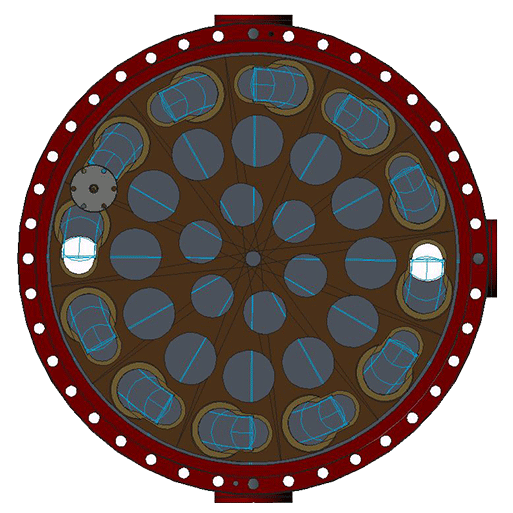
Up to 12 cathodes can be loaded into the openings on the outer edge of the rotatable wheel.
To fabricate photocathodes for RHIC and ultimately ensure uninterrupted operation of LEReC, we developed two cathode deposition systems, each with three chambers: one for preheating the substrate and characterizing the cathode, another for depositing the cathode material on the substrate, and another for docking the cathode transporter. Manipulators move the substrate through different chambers for cathode fabrication and transfer. Highly sensitive to moisture and oxygen, these cathode materials need to be fabricated and preserved under ultrahigh-vacuum (UHV) conditions. The base pressure of the two systems can reach 6 × 10-11 Torr, with partial pressures of water and oxygen below one-tenth of the base pressure.
Because these deposition systems are more than one mile away from the RHIC tunnel, we designed and commissioned three UHV cathode transfer systems, each with a rotatable wheel for storing and delivering up to 12 cathodes. With a long manipulator, each cathode can be transferred from this wheel into the LEReC laser-activated cathode gun. To minimize exposure to particulates, the transfer systems are detached from the deposition systems and attached to the gun under cleanroom conditions. During the transport of the cathodes from Instrumentation to RHIC, vacuum is maintained at 10-11 Torr pressure.
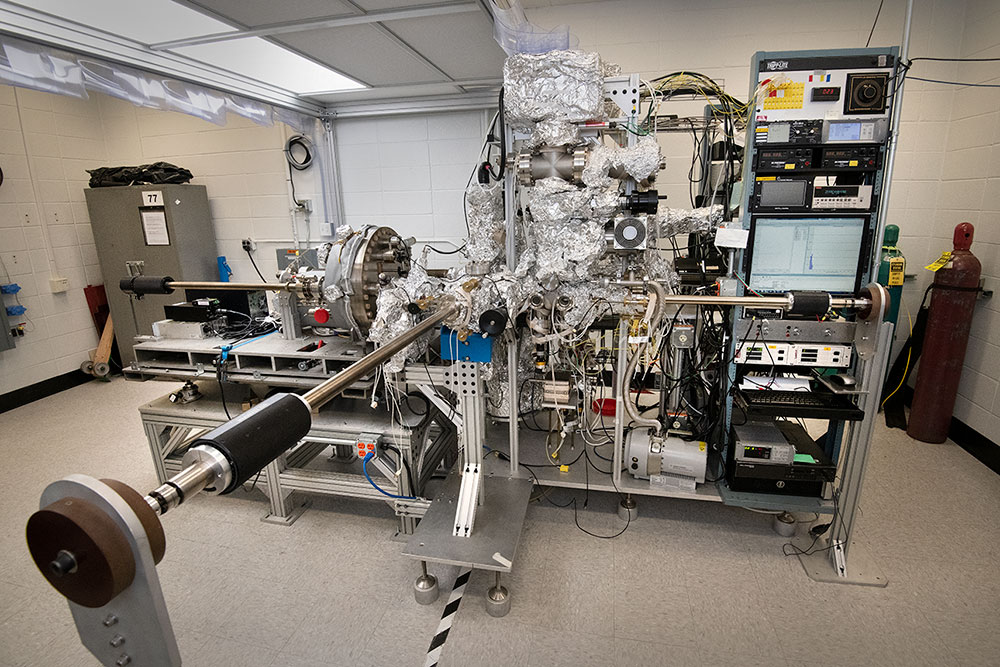
The LEReC bialkali photocathode deposition chamber.
Since 2017, we have provided LEReC with more than 100 cathodes with electron yields ranging from 4 to 8 percent. Further improvements to the fabrication process led to an average electron yield of 6.25 percent for the 38 cathodes we provided in 2019. In 2018–2019, the LEReC photoinjector demonstrated operation at an average current of 30 mA for approximately eight hours without interruption. At 14 to 20 mA average current, we demonstrated stable routine operation with no obvious degradation in electron yield. In 2019, the team cooled the RHIC beam with bunched electrons for the first time. During the entire 2020 physics run, LEReC successfully cooled 4.6 GeV gold ions. Our experience in LEReC with bunched-beam electron cooling, cooling in a collider, and operating various subsystems in high-current electron beams will be critical to electron cooling of ion beams for Brookhaven’s future Electron-Ion Collider (EIC), which will delve deeper into the building blocks of matter.
Examples from our project portfolio
-
Enabling ultrafast detectors with LGADs
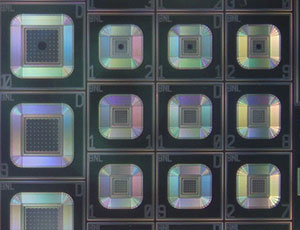
We fabricated the first capacitively coupled (AC) low-gain avalanche diodes (LGADs) based on a new design concept that preserves fast timing capabilities, making these silicon sensors promising candidates for particle tracking in future high-energy physics experiments.
-
Improving energy resolution with SDDs
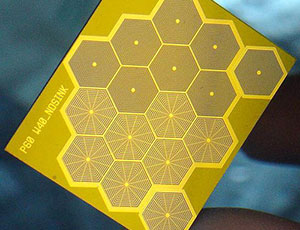
Our co-invention of the silicon drift detector (SDD) has enabled unsurpassed energy resolution and high count rates for a variety of scientific and industrial applications, including particle physics, astrophysics, mining, and soil surveying.
-
Detecting gamma rays with TlBr
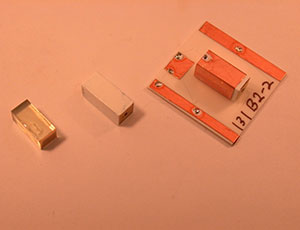
We are developing a detector based on thallium bromide (TlBr)—an emerging semiconductor material with excellent radiation-detection properties—to determine the location and content of radioactive sources that emit gamma rays.
-
Detecting gamma-emitting astrophysical objects with CZT detectors
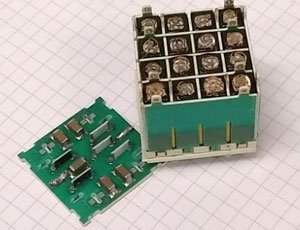
In support of future astrophysics missions that will probe black holes and other spectacular objects in the universe, we are developing ultrathick cadmium zinc telluride (CZT) detectors with high energy and position resolution.
-
Building the sensor array for the world’s largest digital camera
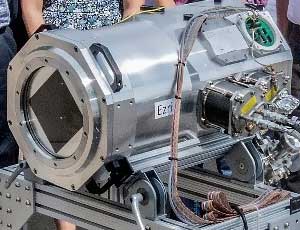
We have been conceptualizing, designing, constructing, and qualifying the sensor array and electronics for Rubin Observatory’s Simonyi Survey Telescope, which will provide an unprecedented view of the universe.
-
Cooling ion beams with electrons to explore nuclear matter
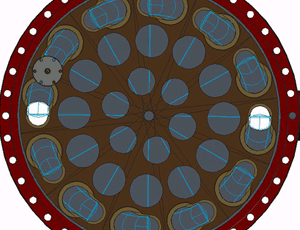
We fabricated photocathodes for generating electron bunches to cool ion beams at Brookhaven’s Relativistic Heavy Ion Collider. This electron cooling will maximize collision rates, especially at low energies, enabling scientists to explore how nuclear matter exists in different phases.
The Instrumentation Department is part of Brookhaven Laboratory's Discovery Technologies Directorate.




